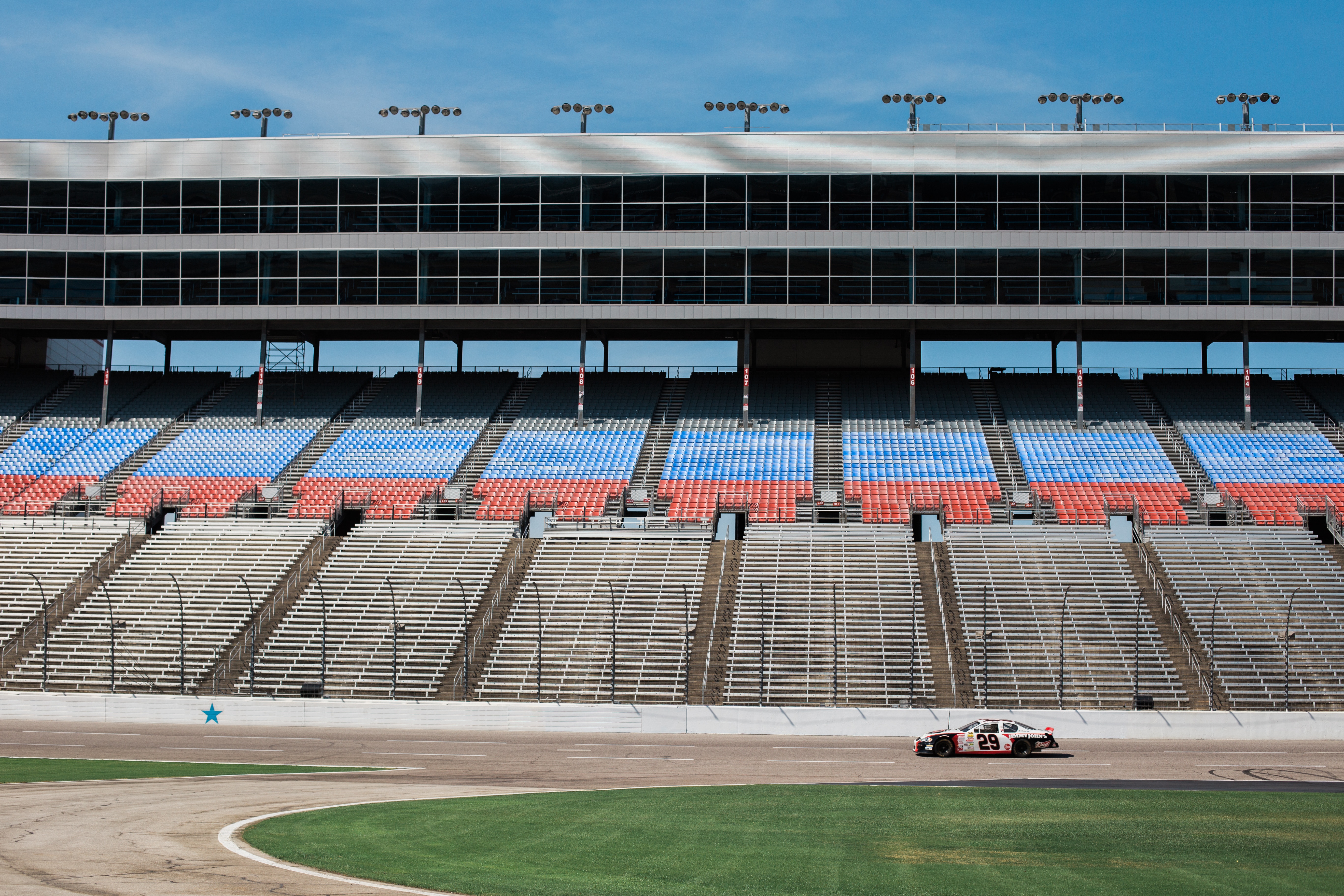Imagine it’s 396 BC. Horse drawn chariots aggressively whiz by you down the straight before making a sharp turn around a pole. Hooves loudly clatter on the ground, strong, courageous and skillful men grunt, sweat and maneuver their chariots. The sun beats down on the track, one chariot accidentally crashes into another and there is chaos as two drivers go into a corner at the same time. There is just one bronze statue left, indicating there is one lap left in the race. The first chariot crosses the line and wins! While it’s an impressive win for the driver, it’s a more impressive win for the owner and horse breeder of the entry; Cynisca, the Princess of Sparta, just became the first woman to win an Olympic event (a pretty cool title to have).
Imagine it’s 2014 AD. 750 horsepower racecars within inches of the concrete wall you’re standing behind scream by at 200 mph. Sparks fly as they hit the brakes going into Turn 1. Motors howl, tires screech, strong, courageous and skillful drivers pant, sweat and muscle their cars around the track. The sun glares through the windshield, the motor has been running for hours and heats up the inside of the car to over 130 degrees Fahrenheit. One car just tapped the wall and shot to the inside of the track, taking two other cars with it. The white flag waves, there is one lap left and there’s a side-by-side fight for the lead. The red car inches up the track coming out of Turn 4, just barely beats the blue car to the line and wins!
There are so many similarities between chariot racing and NASCAR racing. Mechanically, financially and athletically the two sports require the optimization of many different factors to win; a well setup vehicle, the proper funding or sponsorship to prepare and exceptional athletes with the aptitude to operate a machine at high speeds while racing past their opponents. These athletes must withstand staggering temperatures, G-Forces and have the mental agility to understand what their vehicle is doing and make it better, while operating at 100%.
Both sports celebrate the mesmerizing and extremely difficult human-machine interaction that is racing. So it blows my mind when people say that racecar drivers aren’t athletes. I promise it’s not just like driving a car on the street. If it were, everyone would be doing it. It takes a lifetime of training and competing to make it to the Olympics, which is the pinnacle of athletic supremacy. It also takes a lifetime of training and racing to make it to NASCAR, the pinnacle of American racing, where you have to showcase your excellence and athleticism 36 times in a row over the span of a year.
And just for fun, let’s compare some universally accepted athletes with some NASCAR drivers:






Just saying.
So as we watch the 2014 Olympics, where we celebrate hundreds of athletes’ superhuman capabilities, aptitude and skill, we should remember to routinely celebrate those same qualities that racecar drivers exhibit almost every week.
Here’s to the athletes!
Originally published at www.huffingtonpost.com


